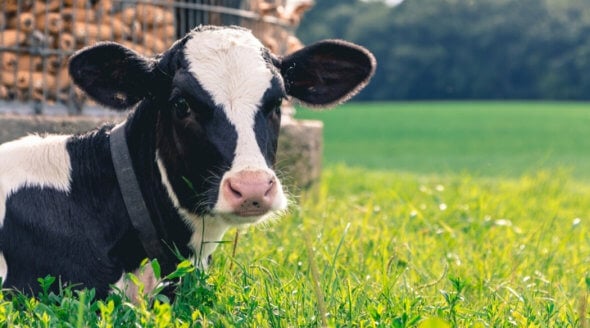All About Animals: Primary Teachers: Lesson Plan 3: Suits You!
How does this fit into the curriculum? SC2: Life Processes and Living Things. Pupils should be taught how animals and plants in two different habitats are suited to their environments (5c).
Teachers’ Note: Read the introduction to the class then ask them to choose two species of animal who live in two very different habitats. They must then compare the ways in which each of those two animal species are suited to their environment and how life would be different if those two animals ‘swapped’ habitats for a day. This can form a whole-class discussion or be set as an individual written exercise.
Lesson Plan: Suits You!
Animals are amazing. Over millions of years, species have slowly changed in order to live more easily in their environments. For example, giraffes need to reach the leaves at the very tops of trees in order to get enough food to survive. Over time, they have developed extremely long necks to help them do this. And snowshoe hares have pure white fur, which allows them to blend into their snowy environment without being seen.
These animals are perfectly suited to their environments. If they swapped habitats for a day, things would be very different. The giraffe wouldn’t be able to blend into the snow. He or she would be very cold and might not be able to reach enough food at ground level to survive. The snowshoe hare would be very hot in his or her fur coat and wouldn’t be able to reach the food that the giraffe lives on. He or she would also ‘stand out’ becoming easy prey for other animals.
Your Turn
Choose two animals who live in very different habitats; for example, a seal and a tiger, or a parrot and a tuna fish. Find out the ways in which those animals are suited to their environments and discuss what would happen if your chosen animals ‘swapped’ environments for a day.

